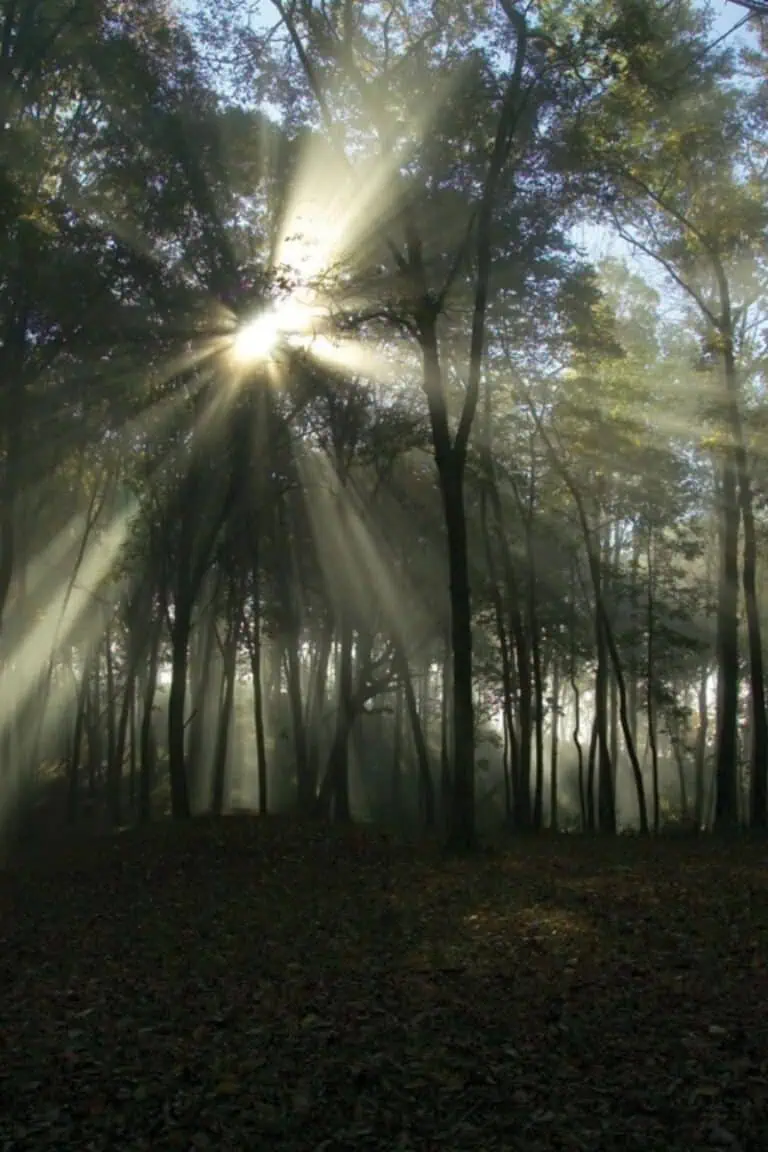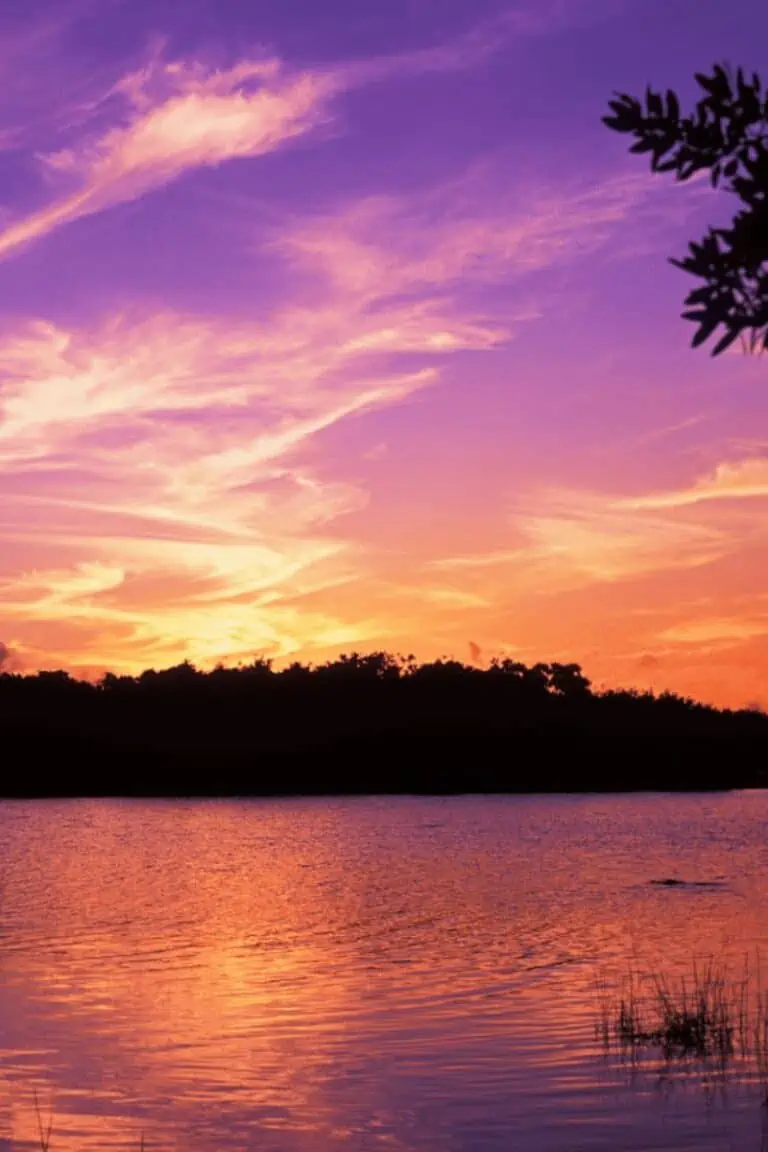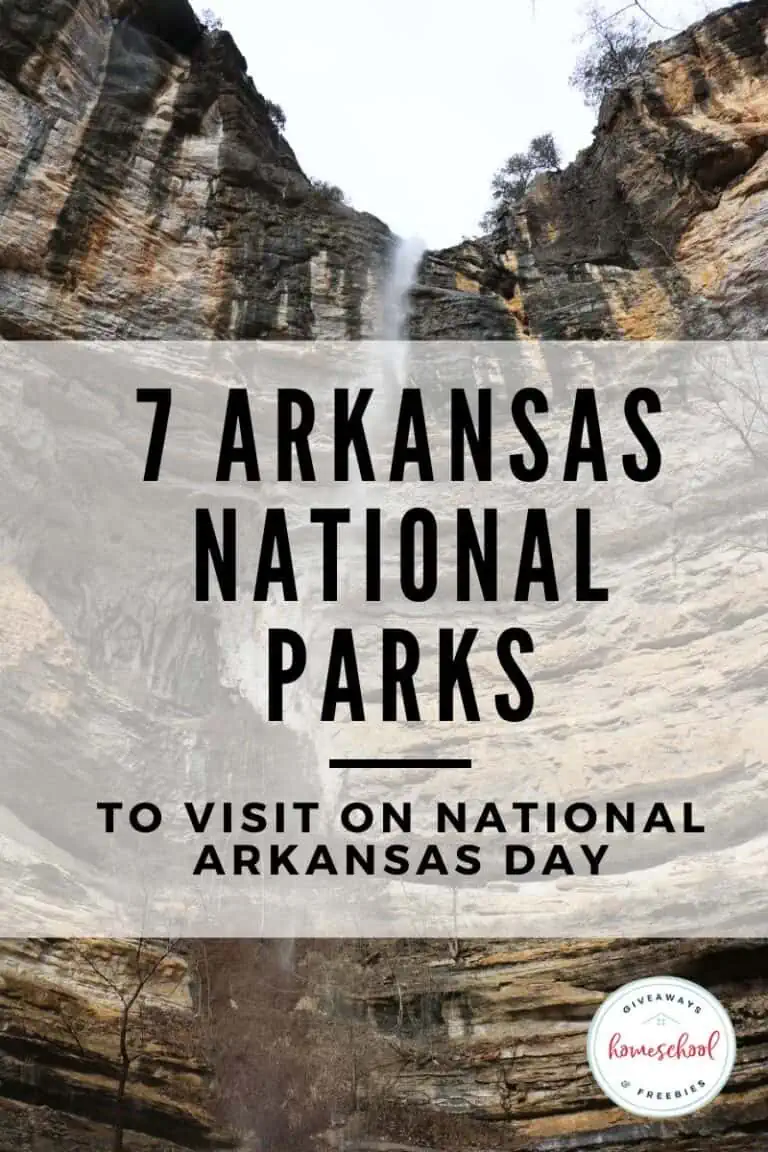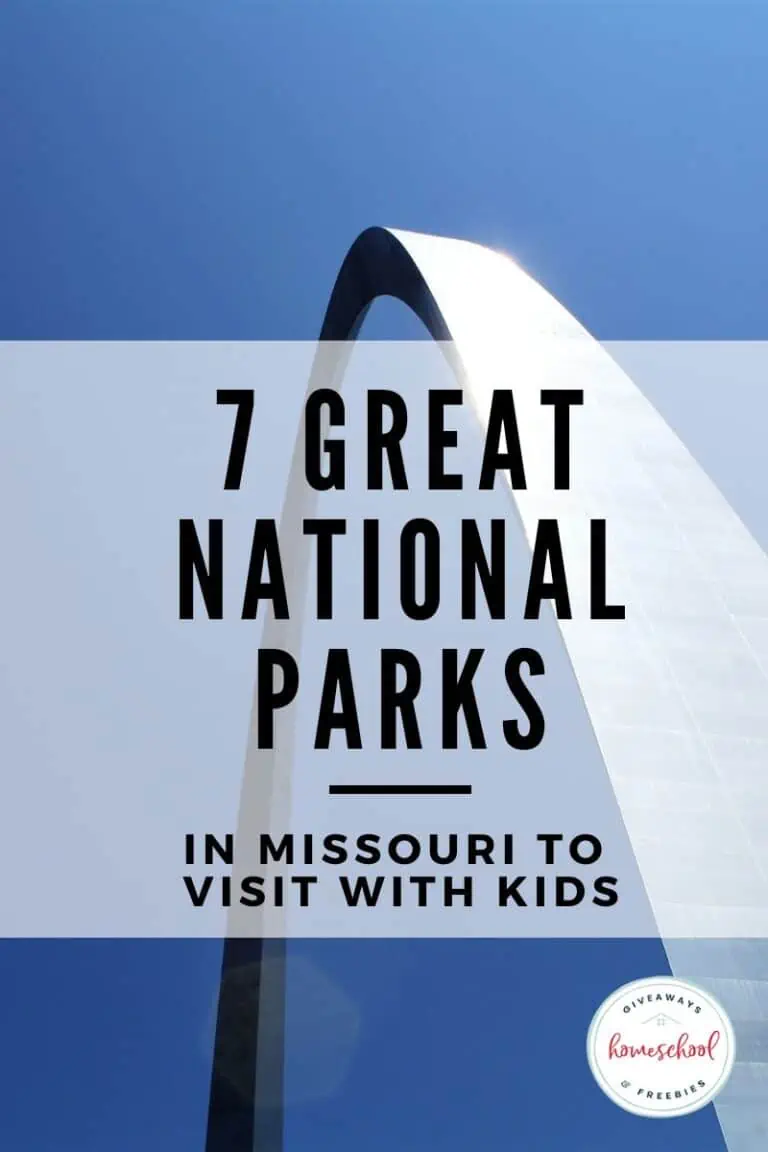The Best National Parks In Southern California
Published:
April 2, 2024

Contributor:
Sarah Shelton
Disclosure: This post may contain affiliate links, meaning if you decide to make a purchase via my links, I may earn a commission at no additional cost to you. See my disclosure for more info.
Are you planning a visit to California with your family? Southern California is full of some breathtaking nature, wildlife viewing and national parks. Check out this list of the best national parks in Southern California to visit with your family.

Learn About the Best National Parks in Southern California
There are some amazing national parks in Southern California as well as national park sites and national monuments. Your family will have the best time either on a day trip or a week long camping trip to see them!
National parks are a great place to unplug, relax in nature and learn about the history of the area.
Channel Islands National Park
Channel Island National Park is located off of the coast of Southern California, near Santa Barbara and Ventura. This park is unique as it contains 5 channel islands that you can visit and explore.
Since they are islands they are primitive and you will need to bring in your own resources. Some of the Islands are tricky to get to and will need scheduled transportation. These are great for adventurous families who love exploring.
5 Channel Islands
Anacapa Island – This is a perfect half day or full day trip. It is full of rugged cliffs, and rock formations. There are sea bird colonies and lots of seals to watch. This island is primitive, so make sure you bring everything you need with you on your visit.
Santa Barbara Island – Another primitive island where you need to bring your own water to visit. Full of rugged beauty, you can snorkel, cave dive and view seals, sea birds and a variety of marine life.
Santa Cruz Island – The largest of the channel islands, Santa Cruz Island is also one of the easiest islands to get to with the most recreational activities. The visitor center includes an orientation area that will help you plan a safe trip on the island and learn the history of the island with interactive exhibits.
San Miguel Island – A permit is required to visit this rugged island and primitive with no visitor center or resources available. Everything needs to be be brought in. There are unique geological formations, and hiking opportunities. You may see seals, sea lions and a variety of birds.
Santa Rosa Island – There are pristine beaches and rolling cliffs. Watersports are difficult here as this island has very high winds. It is a great place to spot island foxes, many different sea birds and seals.
The Official Film of Channel islands National Park – Explore the park from the comforts of your home with this beautiful film from the National Park Service about the different islands.
History of the Park
Channel Islands National Park was established in 1980, to protect the rugged islands off the California coast. These islands have a rich history, with evidence of humans dating back 13,000 years. Native Chumash people once lived here, leaving behind artifacts and archaeological sites. Spanish explorers, ranchers and military forces also influenced the history of the islands.
Things to Do:
- Go hiking on nature trails.
- Take in stunning views of the ocean.
- Camping is open year-round on all 5 islands.
- Visit the visitor centers to learn about the history of the area.
- Birdwatching is very popular here with many different varieties of sea birds to spot.
- Go snorkeling, swimming and kayaking or explore the tide pools.
- Visit in the late spring to see incredible displays of wildflowers.
Death Valley National Park
Death Valley National Park is a fascinating place to visit located in Inyo County, California near the border of California and Nevada. It is in the Great Basin, east of the Sierra Nevada mountains. This park is the principal feature of the Mojave and Colorado Deserts Biosphere Reserve.
Death Valley gets its name because it is the driest place and lowest point in North America. It is also the hottest with temperatures that have reached as high as 134 degrees! You can find colorful badlands, large sand dunes and even snow covered mountain peaks!
History of the park
Death Valley National Park was established in1994. It has a rich history. Native Americans, including the Timbisha Shoshone tribe, inhabited the area. Spanish explorers later passed through. The California Gold Rush and prospecting brought settlers seeking fortune in gold. In the late 19th century, the area became known for borax mining.
Things to Do:
- If you are up for the challenge you can go running and trail running on the many miles of trails found in this desert oasis.
- There are 100s of miles of back country driving in remote areas full of desert dirt roads.
- Go hiking, backpacking, mountain biking and camping.
- Take a ranger led program or a paleontology hike.
- Visit during the Dark Sky Festival where you can meet scientists for free talks and night viewing through expensive telescopes.
- Download the app when you are in the park and take a self guided driving audio tour of all of the locations that Star Wars was filmed in. There are 6 locations throughout the park that scenes for Star Wars Episode IV – A New Hope and Star Wars Episode VI – Return of the Jedi were filmed.
Movies Filmed in Death Valley
Did you know that many movies were filmed in Death Valley National Park? Death Valley in Movies and Television is a full list of films and shows that were filmed in the park from 1940-1970. This is one of the best places to film movies at one time. Movies are no longer allowed to be filmed here, so it is pretty cool when you see a movie that takes place in these locations.
Death Valley National Park: A Guide to the Star Wars film locations – Read more about the different locations throughout the park where one of our favorite movies was filmed! If you have ever wanted to see Tatooine up close, then take a visit and check it out at Death Valley. Make sure to do the audio driving tour which will take you directly to the sites that were used in the movies.
Joshua Tree National Park
Joshua Tree National Park is located in Riverside and San Bernardino counties. It is named for the Joshua trees that are native to the Mojave Desert. When you walk throughout the park there are even beautiful Joshua tree forests in the middle of the desert to explore.
This park has two distinct desert ecoystems:
The Mojave Desert is located in the western part of the park in the higher elevations. Since it is higher, the temperatures are much cooler. It is full of Joshua trees, prickly pear and cholla cacti.
The Colorado Desert is located in the lower elevations of the park. It has much hotter temperatures in this ecosystem. It is full of creosote bushes, ocotillo, and teddy bear chollla cacti. In the spring the desert is full of wildflower blooms.
History of the Park
Joshua Tree National Park was established in 1936 to protect the desert landscapes that were inhabited by Native Americans for thousands of years. Miners, ranchers and homesteaders also settled here.
Things to Do:
- Hiking trails – there are 300 miles of them!
- Rock climbing and beautiful rock formations
- Nature walks with informative signs on the flora and fauna of the area.
- Wildlife viewing: look for bighorn sheep, coyotes, jack rabbits, desert tortoises, desert kit foxes, rattlesnakes and many birds.
- Stargazing in this International Dark Sky park.
- Take scenic drives of the vistas and desert landscapes.
Sequoia and Kings Canyon National Parks
Sequoia and Kings Canyon National Parks are located in the southern Sierra Nevada mountain range of California. Technically, they are not considered part of Southern California because they are in the central-eastern part of the state. Many people do consider this a southern California park because they are 3 hours northeast of Los Angeles.
These two parks are located directly next to one another in the Sierra Nevada Mountains and connected by the Kings Canyon Scenic Byway. The two parks are technically separate and have their own entrances, though they have been managed together since the 1940s.
When you purchase an entrance pass at either park you will be able to access both of them the entire time you are there.
History of the Parks
Sequoia National Park was established in 1890. Logging of the giant sequoia trees threatened the forest, in the late 19th century, conservationist John Muir advocated for its protection.
Though both parks were established together in 1890, Kings Canyon National Park was formally established in 1940 to also protect the forests and canyons from logging and development.
Things to Do:
- Day hiking through the tree groves, meadows or foothills landscapes.
- Camping or overnight backpacking
- Take a scenic drive on the Kings Canyon Byway or General’s Highway
- Visit General Sherman, the largest tree in the whole world.
- Climb Moro Rock.
- Stop by the visitor centers and musuems.
- Join a junior ranger program or ranger led tour.

Sequoia National Park
This park is known for its giant sequoias, which are the world’s largest trees. Visitors come here to specifically see the giant tree groves and walk through them. You won’t want to miss visiting General Sherman which is the largest tree in the world.
Kings Canyon National Park
Kings Canyon features giant sequoias as well, but they aren’t as large at the ones next door. This park is famous for its natural features such as canyons, valleys and granite peaks. Naturalist John Muir was a huge fan of this park and photographing its natural beauty.
Southern California National Monuments and Preserves
Southern California has many beautiful national monuments and preserves that are great for an educational field trip. These are not official national parks and they have different rules in place for visiting and outdoor activities such as hunting and fishing. They are however, maintained and protected by the National Park Service.
Cabrillo National Monument
Cabrillo National Monument is located at the southern tip of the Point Loma Peninsula in San Diego, California. This sea shore was discovered by explorer Juan Rodriguez Cabrillo in1542. This maritime monument includes the historic Old Point Loma Lighthouse.
Cabrillo National Monument Science Videos – There are lots of amazing videos that you can watch with your children to learn about the changing tides, perergine falcons, urban art, geology, botany and more.
Things to Do:
- Hike trails with coastal views.
- Explore tide pools.
- Visit the old lighthouse.
- Learn about maritime history through exhibits and videos.
Castle Mountains National Monument
Castle Mountains National Monument is located in the Eastern Mojave Desert near the Nevada border. It is full of rugged landscapes, scenic desert vistas and Joshua tree forests. It is a great habitat for big horn sheep, and golden eagles.
Things to Do
- Explore remnants of historic mining operations.
- Go hiking, wildlife viewing and bird watching.
- Enjoy the serenity and solitude of desert landscape.
César E. Chávez National Monument
César E. Chávez National Monument is located in Keene, California, in the southern San Joaquin Valley. This monument commemorates the life and work of César Chávez who led farm workers and supporters to create the first agricultural union.
Virtual Tours – There are a few different video and photography virtual tours that will take you through the monument, and teach you about César Chávez and his march for civil rights justice.
Things to Do:
- Learn about the history of the farm labor movement with exhibits and videos at the visitor center.
- Take a guided tour with a park ranger.
- Walk the Memorial Garden.
- Participate in educational programs or sign up for a field trip.
Mojave National Preserve
Mojave National Preserve is located in the Mojave Desert in Southeastern California. This is a beautiful place to visit to learn about the history of the gold rush and mining that was done here. It is a very remote location, but a beautiful place to see the old mines, sand dunes, and caves.
Things to Do:
- Hike the Kelso Dunes.
- Explore the desert landscapes.
- Stargaze in the designated dark sky areas.
- Wildlife and nature viewing.
Santa Monica Mountains National Recreation Area
Santa Monica Mountains National Recreation Area is located in Southern California near Ventura and Los Angeles. It is Los Angeles’ very own national park, a place of wild beauty in the middle of the city.
Did you know that Los Angeles is only one of two megacities in the world that have big cats living near the city limits? More than 100 mountain lions live in the Santa Monica Mountains and the national recreation area helps to protect them.
Lions in the Santa Monica Mountains – if you are learning about habitats and threatened species, this is a very interesting article to read, It explains about the mountain lions that live in the Santa Monica Mountains Recreational Area. There are interactive maps showing where they have been spotted and information on the ones that are being tracked.
Things to Do:
- Visit cultural sites and the Indian Culture Center.
- Take a scenic drive.
- Participate in ranger led nature tours.
- Rock climbing and hiking trails. There are over 500 miles of trails.
- Visit the beach in the coastal beach areas of the park.
Other National Park State Posts
Each month we are creating new content about the amazing national parks that you want to see on your next visit to a new state. Check out what we have already covered.
7 Arkansas National Parks to Visit on National Arkansas Day
7 Great National Parks in Missouri to Visit with Kids
Four Unique National Parks in Southern Florida to Visit
How Many National Parks Are There in Texas? (Complete List)
4 Special National Parks in Iowa: Historic Sites and Trails
Field Trip Journal Pack
Our Field Trip Journal Pack will help make the national park trips you have taken come alive. Your children will enjoy recording and drawing what they saw and learned about on their visits to the different parks and national monuments.
This 14 page printable notebooking pack includes: places to go, places you have been, pages to record senses, map pages, bucket list, sketch page, story page, record what you learned on your trip, and more.








